Could a blocked drain lead to dampness or mould inside the home?
A home should be a sanctuary – a place of comfort, safety, and health. However, hidden problems can often undermine this sense of security, leading to issues that are not only unsightly but also potentially harmful. One such insidious problem is a blocked drain. While many homeowners might associate a blocked drain primarily with slow water drainage or unpleasant odours, its impact can extend far beyond simple inconvenience. Indeed, a blocked drain can be a direct contributor to more severe issues like damp and mould within your property.
At Drainage & Plumbing LTD, proudly serving South East England within a 25-mile radius, we understand the intricate connections between your plumbing system and the overall health of your home. Our expertise in drainage and plumbing services means we’ve seen firsthand how a seemingly minor blockage can escalate into significant damp and mould problems, affecting both your property’s structural integrity and your family’s health. This article will delve into the critical link between blocked drains and damp/mould, helping you understand the risks and how professional intervention from a trusted company like ours, found at https://drainage-plumbing.co.uk/, can protect your home.
Understanding the Anatomy of a Blocked Drain
Before we explore the connection to damp and mould, it’s essential to understand what constitutes a blocked drain and why it happens. A drain blockage occurs when something obstructs the free flow of water and waste through your plumbing system. These obstructions can range from everyday occurrences to more complex structural issues within your pipes.
Common Causes of Blocked Drains:
- Fat, Oil, and Grease (FOG) Build-up: One of the most prevalent culprits, FOG, solidifies in pipes, creating sticky deposits that trap other debris. Over time, these layers accumulate, significantly reducing the pipe’s diameter and eventually leading to a complete blockage.
- Hair and Soap Scum: In bathrooms, hair combines with soap scum to form stubborn clogs, particularly in shower and sink drains.
- Food Debris: While garbage disposals help, larger food particles can still accumulate in kitchen drains, especially starchy foods like rice or pasta that expand with water.
- Foreign Objects: Accidental flushing of non-biodegradable items like wet wipes, cotton buds, sanitary products, children’s toys, or even jewellery can cause immediate and severe blockages.
- Tree Roots: This is a common and often underestimated problem. Tree roots are naturally attracted to water sources. If there are any cracks or loose joints in underground drainage pipes, roots can penetrate them, growing and expanding inside, creating significant obstructions that can even crack or collapse the pipes.
- Structural Defects: Over time, pipes can suffer from wear and tear, corrosion, cracks, collapsed sections, or misaligned joints. These defects disrupt the smooth flow of water, allowing debris to snag and accumulate, leading to blockages.
- Mineral Build-up: In areas with hard water, mineral deposits can accumulate on the inside of pipes, narrowing the passage and increasing the likelihood of clogs.
and
Symptoms of a Blocked Drain: Recognizing the early signs of a blockage is crucial for preventing more severe issues. Common symptoms include:
- Slow Drainage: Water taking a long time to drain from sinks, showers, or baths.
- Gurgling Noises: Unpleasant sounds coming from drains, especially after flushing a toilet or running water.
- Foul Odours: Musty or sewage smells emanating from drains or around plumbing fixtures.
- Water Back-up: Water rising in one fixture when another is used (e.g., toilet water rising when the shower is running).
- External Overflow: For main drains, you might notice manholes overflowing or sewage smells in your garden.
The Insidious Link: How Blocked Drains Lead to Damp and Mould
The connection between a blocked drain and the emergence of damp and mould is surprisingly direct and often starts subtly. When a drain becomes blocked, water cannot flow freely through the pipes. This leads to water accumulating within the pipe system, or, in more severe cases, overflowing from the affected fixture or drain outlet.
Here’s the progression:
- Water Accumulation and Stagnation: The immediate consequence of a blockage is the build-up of water. This water, often mixed with waste, remains stagnant within the pipes or begins to pool in areas it shouldn’t, such as beneath sinks, behind walls, or in crawl spaces if the blockage is in an internal waste pipe. For external drains, an overflow can lead to water pooling around the foundations of your home.
- Increased Moisture and Humidity: The presence of stagnant water, whether visible or hidden, dramatically increases the moisture levels and humidity in the immediate environment. This moisture can be absorbed by porous building materials like plasterboard, wood, insulation, and concrete.
- Damp Penetration: As these materials absorb water, they become damp. This is known as penetrating damp, where moisture moves from the outside (or an internal leak/spill) into the building fabric. If the blocked drain is within a wall cavity or under a floor, the dampness will spread, unseen, until it manifests on visible surfaces.
- Mould Growth – The Unwelcome Guest: Mould thrives in damp, humid conditions where there is also an organic food source. Building materials such as wood, plaster, drywall, and even dust provide ideal breeding grounds. Once dampness sets in due to a blocked drain, it creates the perfect environment for mould spores (which are naturally present everywhere) to germinate and grow. Mould can appear as black, green, or white patches, often with a distinct musty odour.
Health Implications of Mould:
Beyond aesthetic damage to your home, mould poses significant health risks. Exposure to mould can trigger allergic reactions, asthma attacks, respiratory problems, skin irritation, and other health issues, particularly in vulnerable individuals such as children, the elderly, and those with compromised immune systems. It is therefore crucial to address damp and mould issues promptly and effectively.
Types of Damp Associated with Blocked Drains
While several types of damp can affect a property, blocked drains primarily contribute to penetrating damp.
- Penetrating Damp: This occurs when water from outside or within the building fabric directly penetrates the walls or floors. In the context of blocked drains, this is the most common form. An overflowing gutter caused by a blockage, an external drain backing up against a wall, or a leaking internal waste pipe from a blockage can all lead to penetrating damp. The moisture moves horizontally through the material, causing visible damp patches, plaster damage, and mould.
- Rising Damp: While not directly caused by blocked drains, severe and prolonged waterlogging around foundations due to external drain issues can potentially exacerbate or mimic rising damp. Rising damp occurs when moisture from the ground rises through porous building materials via capillary action.
- Condensation: Though often linked to poor ventilation, condensation can be indirectly worsened by blocked drains. A damp environment due to a drain blockage can increase the overall humidity inside a home. This excess moisture, when it comes into contact with cold surfaces, condenses into water droplets, leading to further dampness and contributing to mould growth, creating a vicious cycle.
Identifying Damp and Mould Issues in Your Home
Early detection of damp and mould is key to mitigating damage and health risks. Here are the signs to look out for:
- Visible Stains and Discolouration: Look for damp patches on walls, ceilings, and floors. These might appear as dark, wet stains, or discolouration.
- Mould Patches: Black, green, grey, or white fuzzy patches on surfaces, especially in corners, behind furniture, or on skirting boards.
- Musty Odour: A distinct, earthy, or musty smell is a strong indicator of mould growth, even if you can’t see it. This smell is often more noticeable in affected rooms or cupboards.
- Peeling Wallpaper or Paint: Moisture causes wallpaper to bubble and peel, and paint to crack or flake.
- Crumbling Plaster: Dampness can cause plaster to soften and crumble.
- Warped Wood: Wooden elements like floorboards, skirting boards, or window frames may warp, swell, or show signs of rot.
- Condensation on Windows: While not always a direct sign of a blocked drain, excessive condensation on windows can indicate high humidity levels which might be exacerbated by hidden dampness.
If you observe any of these signs, particularly if accompanied by blocked drain symptoms, it’s critical to act swiftly.
Preventing Blocked Drains to Safeguard Against Damp and Mould
Prevention is always better than cure, especially when it comes to plumbing and property health. Taking proactive steps to prevent blocked drains will significantly reduce your risk of damp and mould.
- Mindful Waste Disposal:
- No FOG Down the Sink: Never pour cooking fats, oils, or grease down your sink. Let them cool and solidify, then scrape them into the bin.
- Use Drain Strainers: Install strainers in all sinks, showers, and baths to catch hair, food particles, and other debris. Clean them regularly.
- Be Careful What You Flush: Only flush the “three Ps” – pee, poo, and paper. Wet wipes, sanitary products, cotton wool, and nappies belong in the bin, even if they claim to be “flushable.”
- Regular Drain Maintenance:
- Hot Water Flush: Regularly flush drains with hot water (not boiling water, which can damage pipes) to help break down grease and soap residue.
- Professional Drain Cleaning: For persistent slow drains or as a preventative measure, consider professional drain cleaning. Drainage & Plumbing LTD uses high-pressure water jets (hydro-jetting) to effectively clear pipes of stubborn build-up, keeping them clear and flowing. This is far more effective than chemical drain cleaners, which can sometimes harm your pipes.
- Address External Issues: Keep external drains, gutters, and downpipes clear of leaves, debris, and moss. Ensure rainwater can flow freely away from your property’s foundations.
- Professional Inspections: Schedule periodic professional inspections, especially if your property is older or if you’ve had previous drainage issues. Experts can identify potential problems before they become severe.
What to Do If You Suspect a Blocked Drain or Damp/Mould
If you suspect a blocked drain or have already noticed signs of damp and mould, immediate professional attention is paramount. Attempting to fix severe blockages yourself with harsh chemicals can often worsen the problem or damage your pipes. For effective, lasting solutions, a skilled professional is essential.
This is where Drainage & Plumbing LTD steps in.
We provide fast, reliable drainage and plumbing services across all South East England, including Croydon, Sutton, Wallington, Coulsdon, Banstead, Bromley, Mitcham, Epsom, Reigate, Redhill, Leatherhead, Kingston upon Thames, Wimbledon, Richmond, Caterham, Guildford, Crawley, and Haywards Heath. Our comprehensive services are designed to tackle any drainage or plumbing issue, preventing or resolving damp and mould problems caused by blockages.
Our Core Services Include:
- Blocked Drains: We fix blocked or damaged drains quickly and efficiently, using the right tools to restore proper flow and prevent further issues.
- Build-up of Fat in Drains: We safely remove stubborn grease and fat deposits and provide advice on preventing recurrence.
- Drainage Problems: From bad smells to slow-draining sinks, we diagnose and solve all types of drainage problems for homes and businesses.
- Drain Cleaning: Our high-pressure water jetting services keep your pipes clear and flowing, preventing future blockages and costly repairs.
- Leak Detection: We locate hidden leaks with advanced equipment, helping you avoid water damage and high water bills before they contribute to damp and mould.
- Toilet Blockage: Whether it’s a minor clog or a major blockage, we’ll get your toilet working again—fast, clean, and hassle-free.
- 24/7 Emergency Service: We are available for emergency drain issues around the clock. Our team is on call 24/7 to handle urgent drain problems quickly and efficiently, any time, any day, minimizing disruption with fast, effective solutions.
Why Choose Drainage & Plumbing LTD?
When it comes to drainage and plumbing services in South East England, we stand out for our reliability, expertise, and unwavering commitment to customer care. Our vision is clear: to be the most trusted local expert for residential and commercial drainage solutions in South East England. Our mission is to provide fast, reliable, and professional drainage and plumbing services across the region.
- Reliability & Expertise: Backed by a team of highly trained and certified technicians, we use the latest technology to accurately diagnose and resolve issues while following strict industry standards. We are known for fast, reliable drainage solutions, available 24/7.
- Customer Satisfaction: Most importantly, customer satisfaction is at the heart of everything we do—we go above and beyond to deliver service you can trust. We are proud of our 900+ projects done, affordable pricing, and guaranteed satisfaction.
- Our Process – How We Work: We keep it simple: fast, honest, and effective. When you contact us, we’ll ask a few quick questions to understand the issue, then send one of our experienced engineers straight to you. Most problems are fixed on the spot, and we always explain the job clearly—no surprises, no hidden costs.
- Our Team: Behind every fast response and successful fix is a skilled drainage engineer. Our team is experienced, fully equipped, and ready to tackle even the toughest blockages, always with a professional attitude and a friendly approach.
Drain Cleaning South East England | 24/7 Drain Unblocking Servise
How to Contact Drainage & Plumbing LTD
If you suspect a blocked drain might be causing damp or mould in your home, don’t wait for the problem to get worse. Contact the drainage specialists at Drainage & Plumbing LTD today.
- Visit our website at https://drainage-plumbing.co.uk/
- Send us an email any time at support@drainage-plumbing.co.uk
- Call or WhatsApp us on 07771200075
Our team is ready to respond quickly to your enquiry, usually within 2 hours, with a 24/7 emergency service to handle urgent situations.
Why You Shouldn’t Pour Grease Down the Drain
Conclusion
The answer to “Can a blocked drain cause damp or mould in the house?” is a resounding yes. The seemingly simple issue of a clogged pipe can lead to significant moisture problems that threaten both your property’s structural integrity and the health of its occupants. Recognizing the signs of both blocked drains and damp/mould, and taking prompt action, is crucial for maintaining a healthy and safe home environment.
Don’t let a blocked drain compromise your home. For fast, reliable, and professional drainage and plumbing services, trust Drainage & Plumbing LTD. We are your local drainage experts in South East England, ready to assist you 24/7.
Contact Us Today: Need help with a drainage or plumbing issue? We’re here and ready to assist you. Whether it’s a quick question or an emergency call-out, feel free to reach out by phone or email. We aim to respond as quickly as possible, typically within 2 hours for email enquiries.
Website: https://drainage-plumbing.co.uk/ Email: support@drainage-plumbing.co.uk Phone: 07771200075


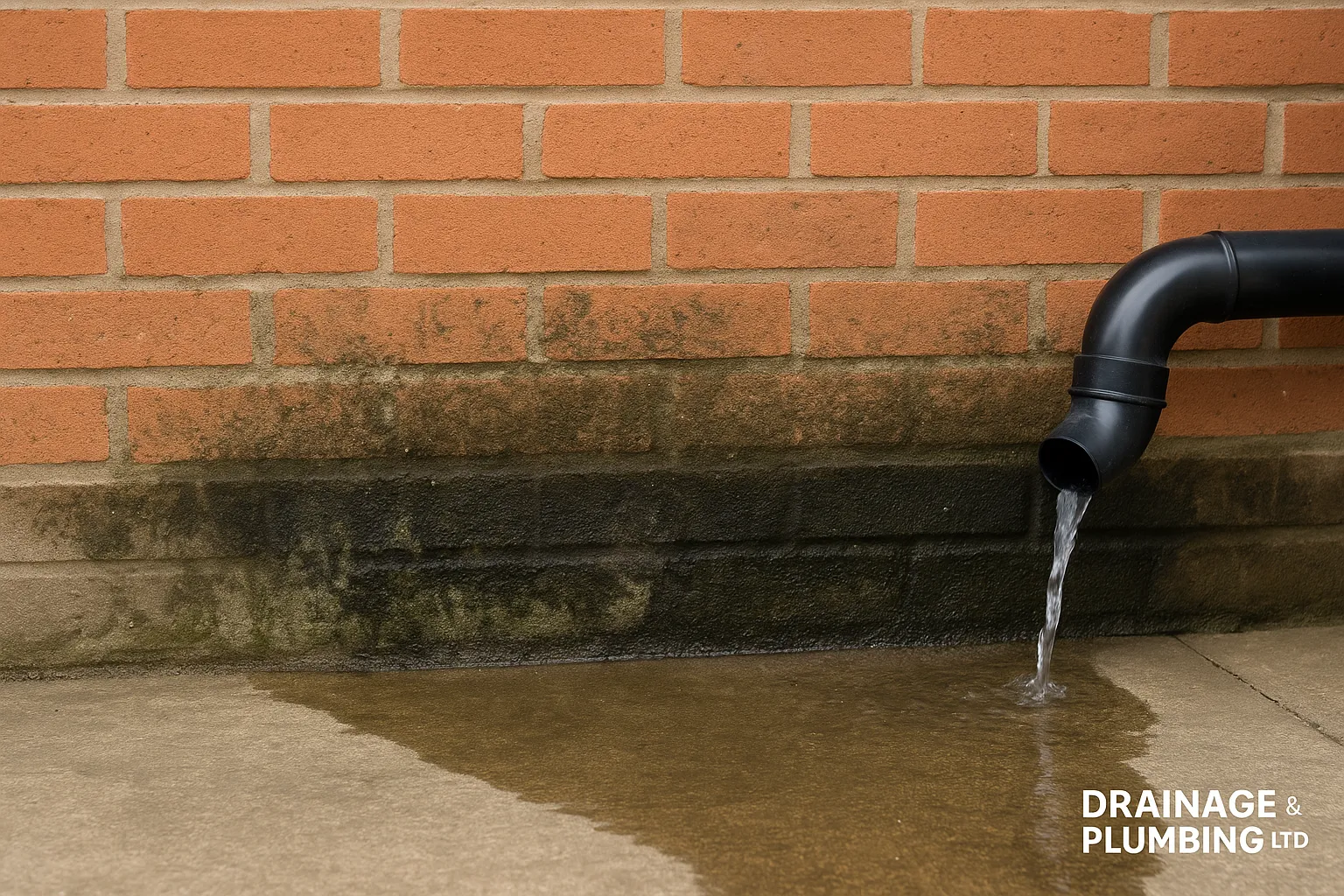
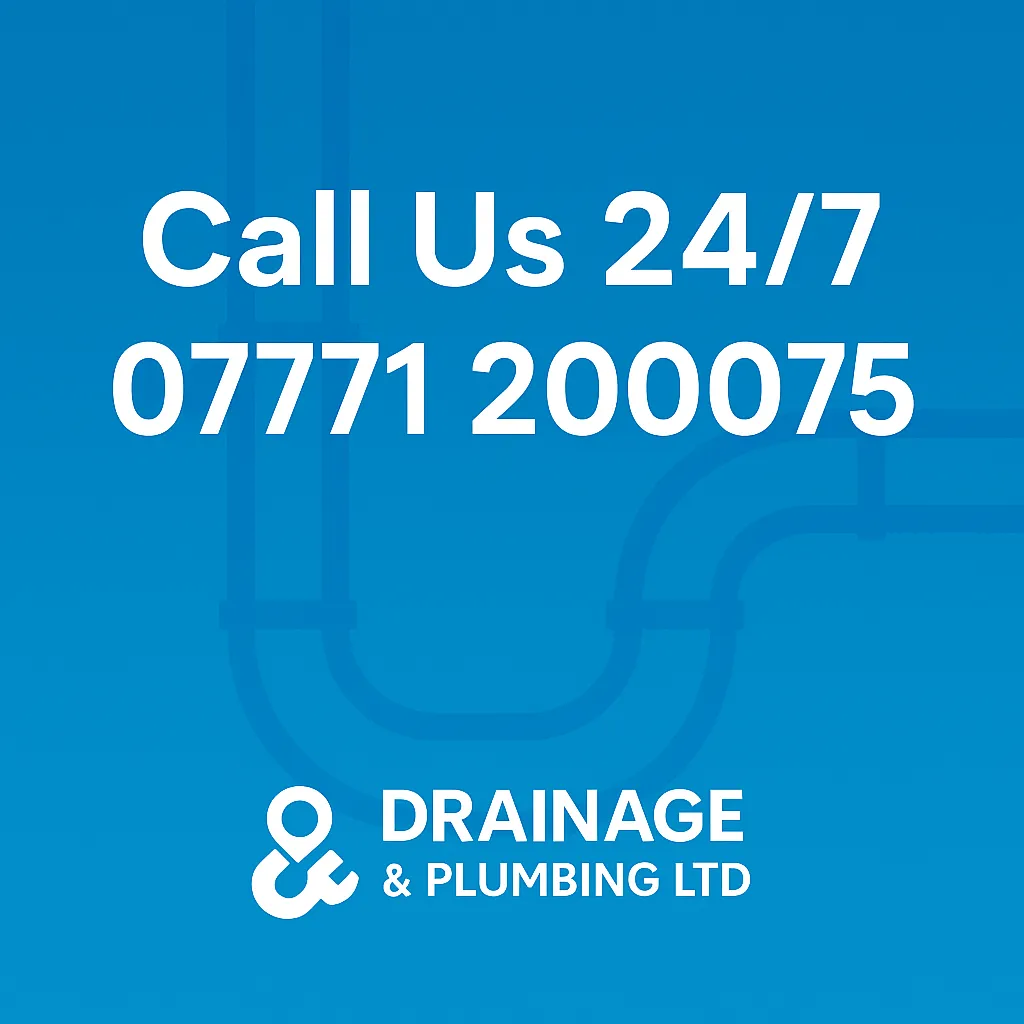
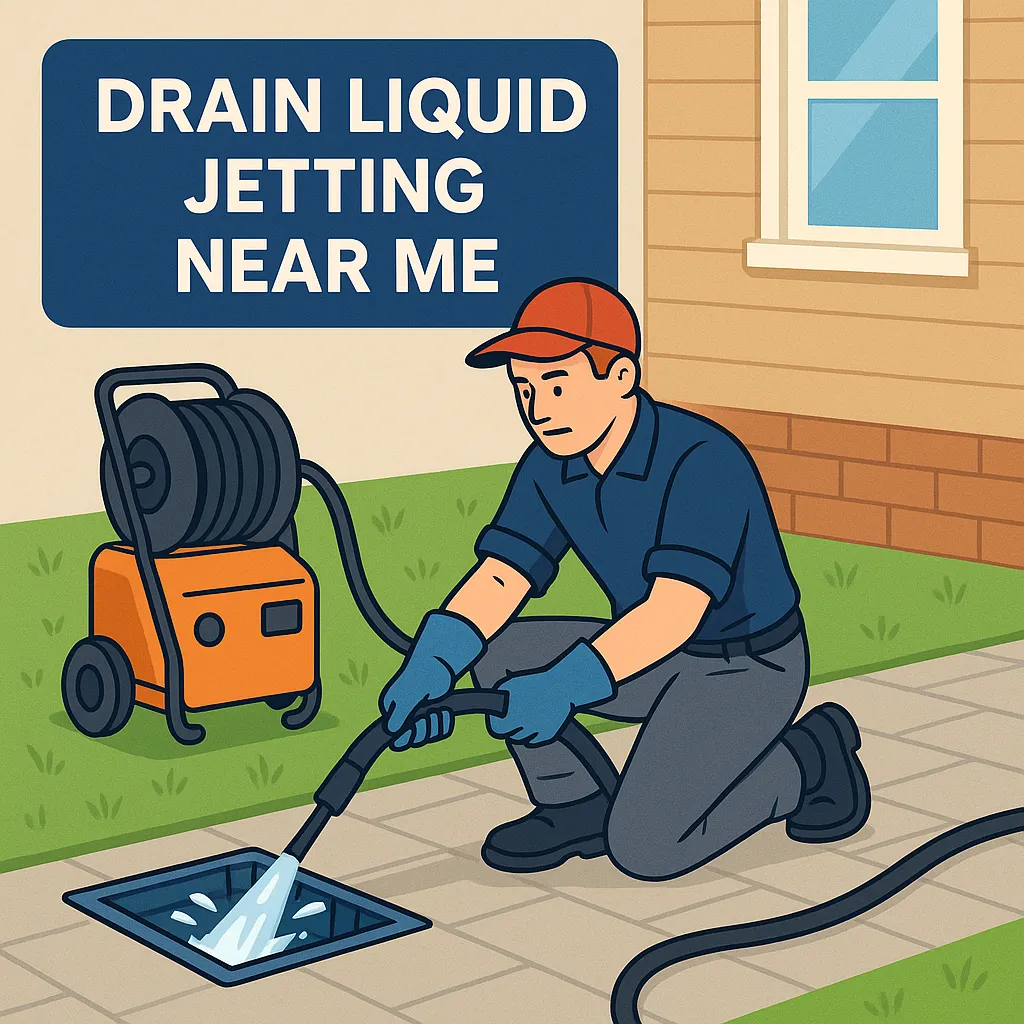
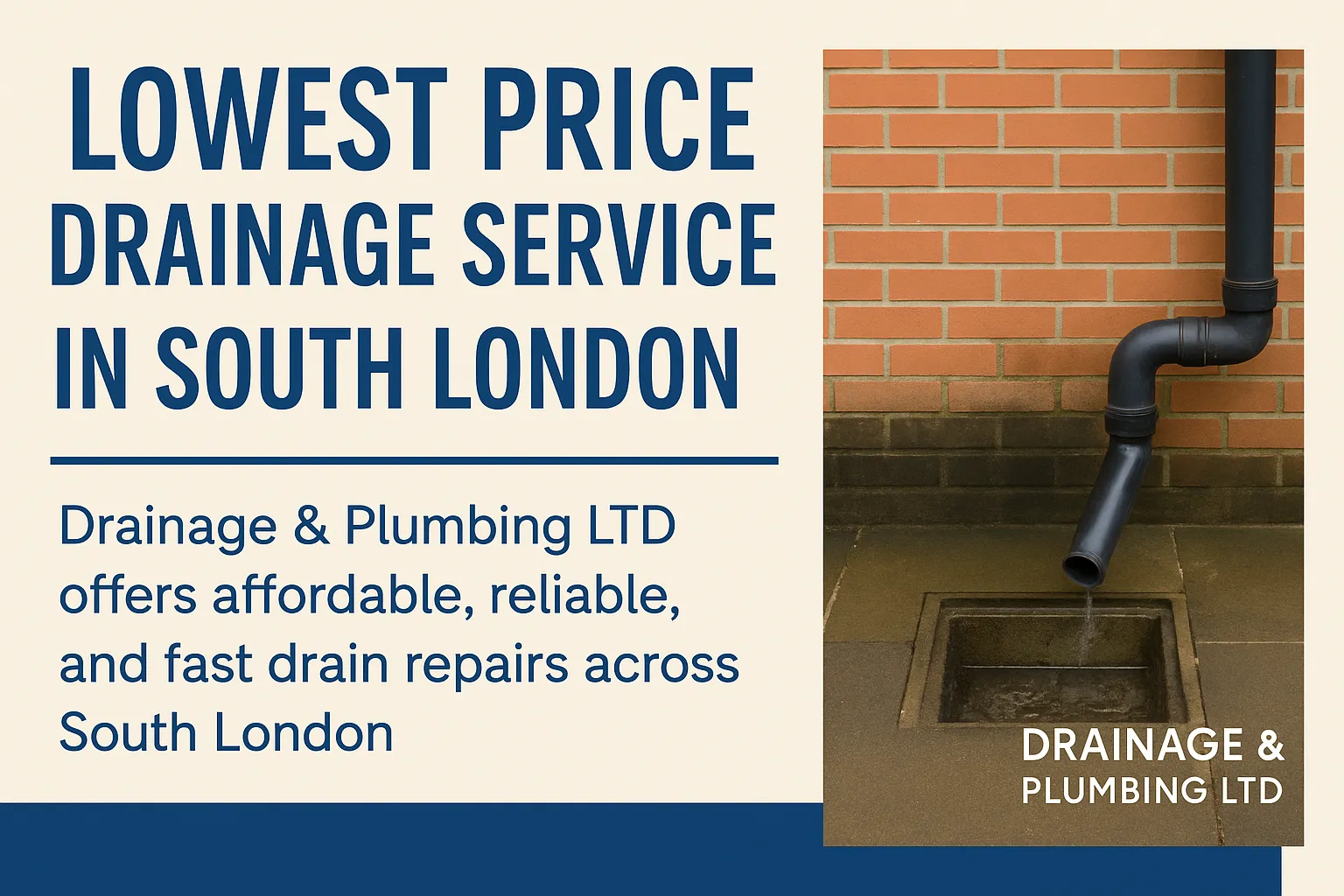
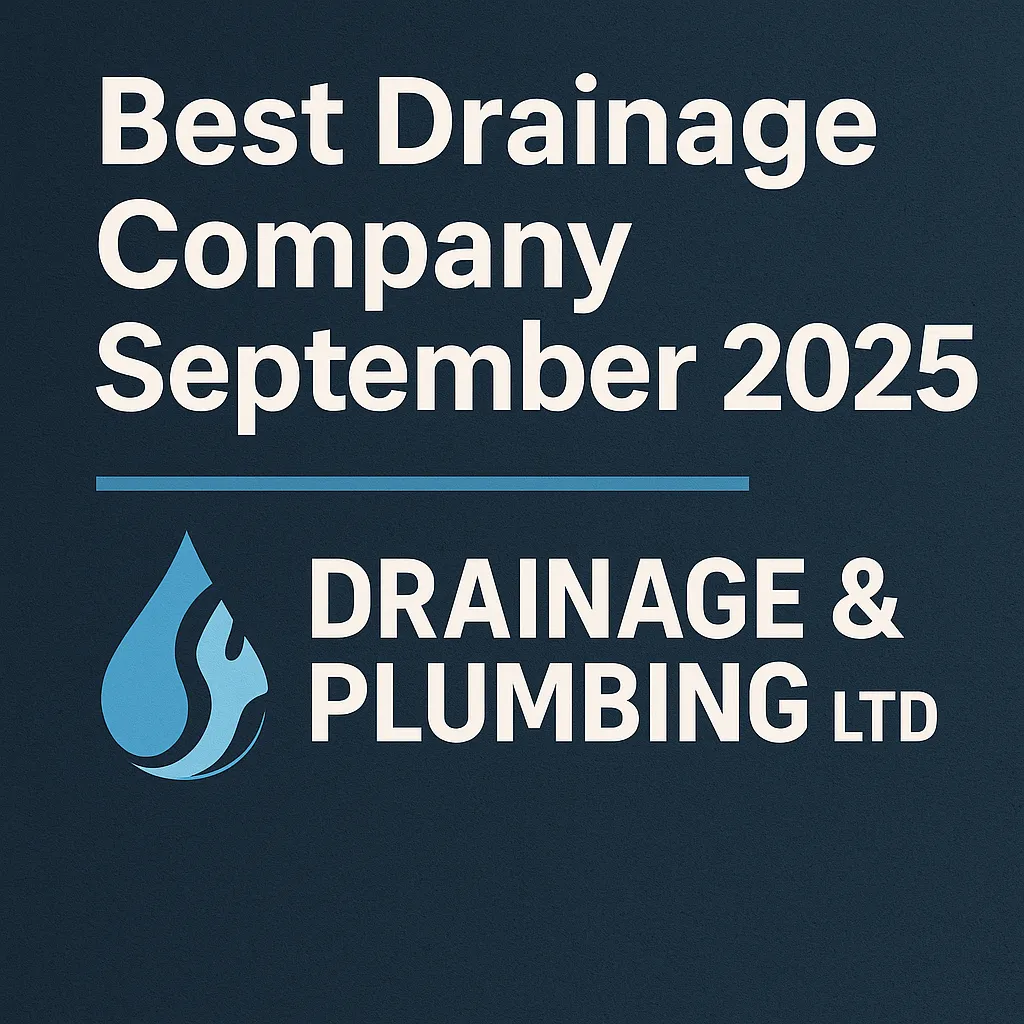
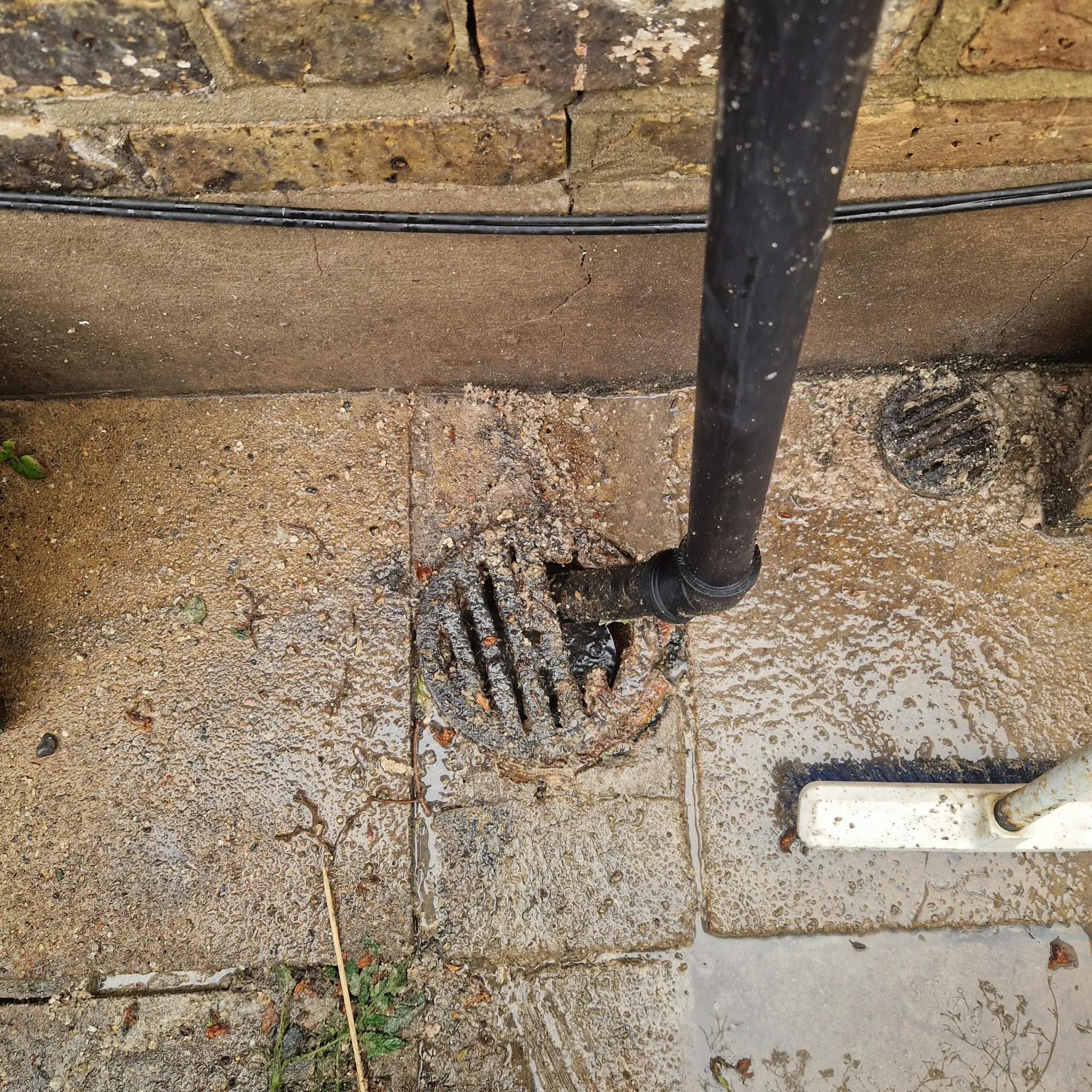
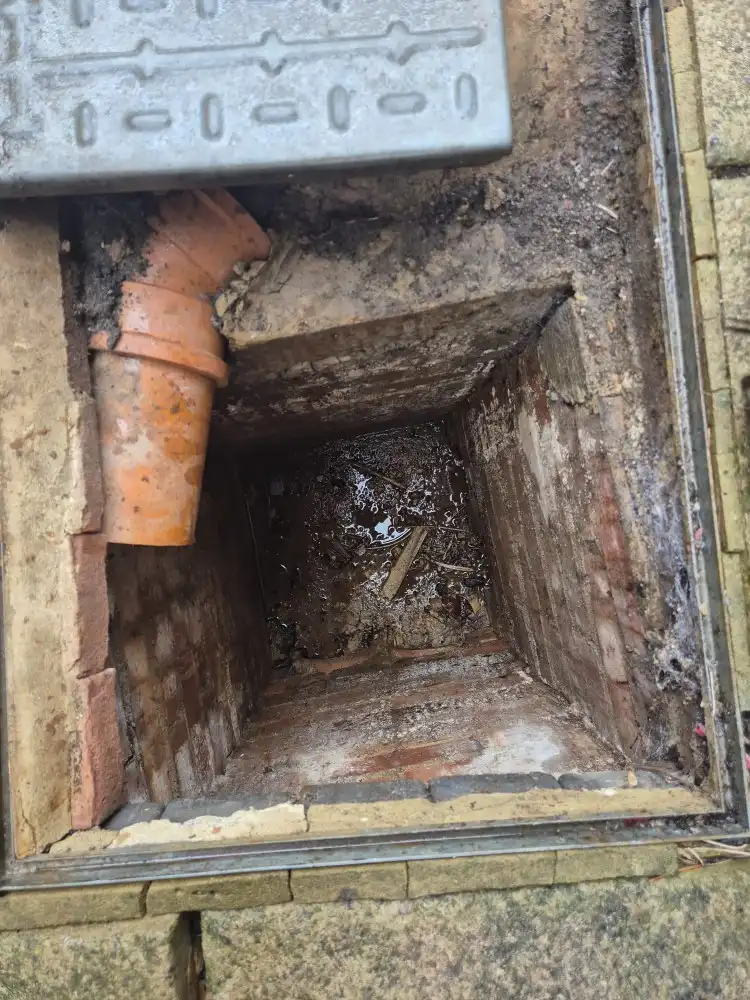
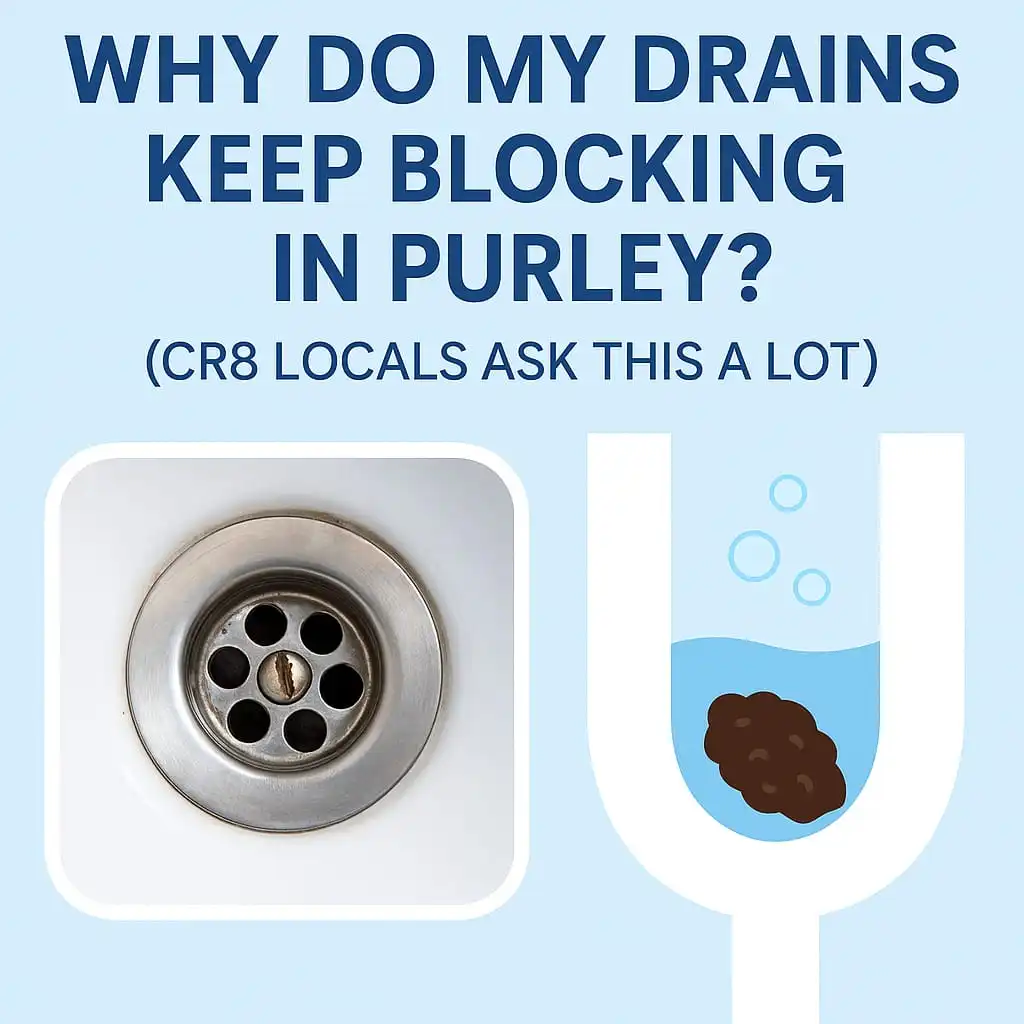
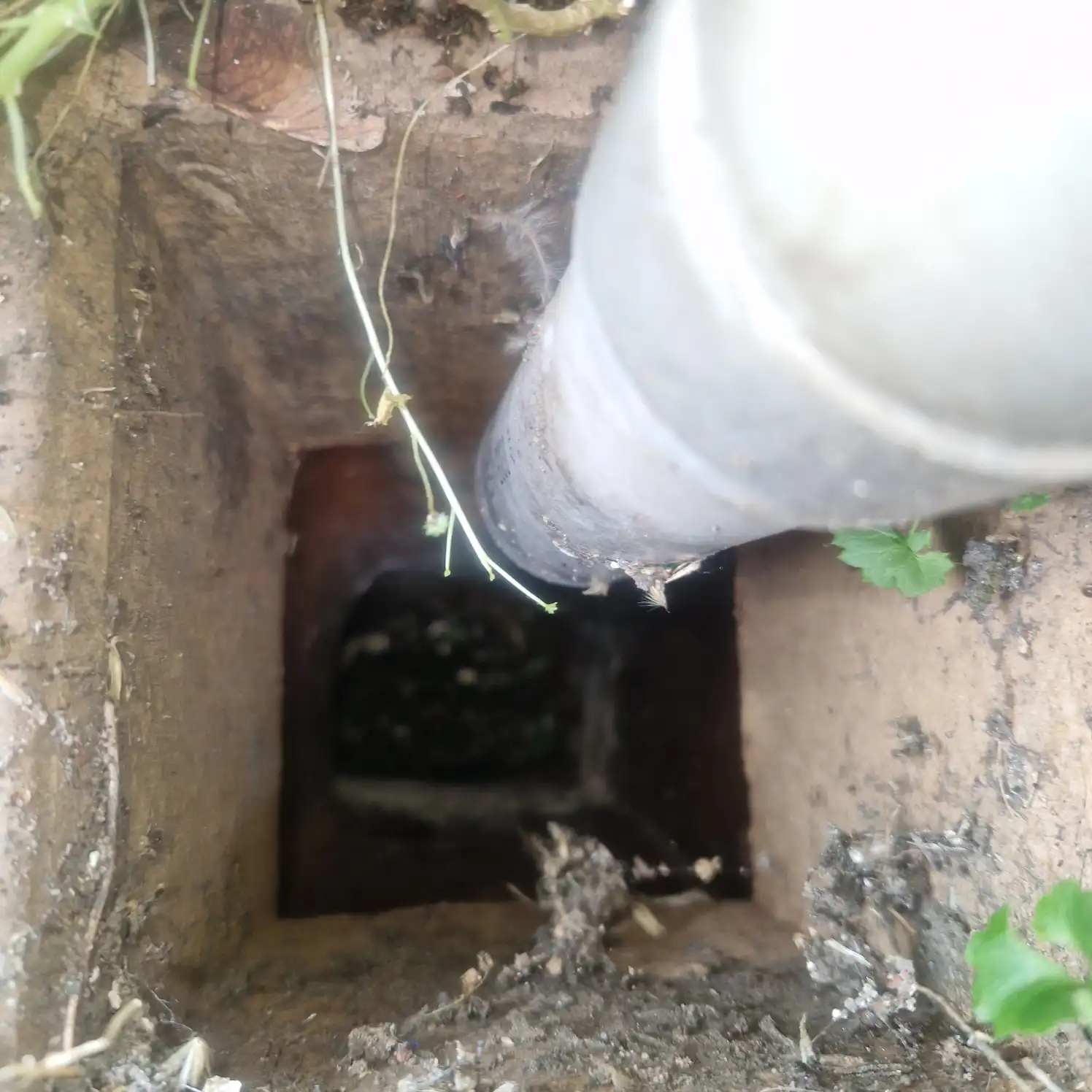
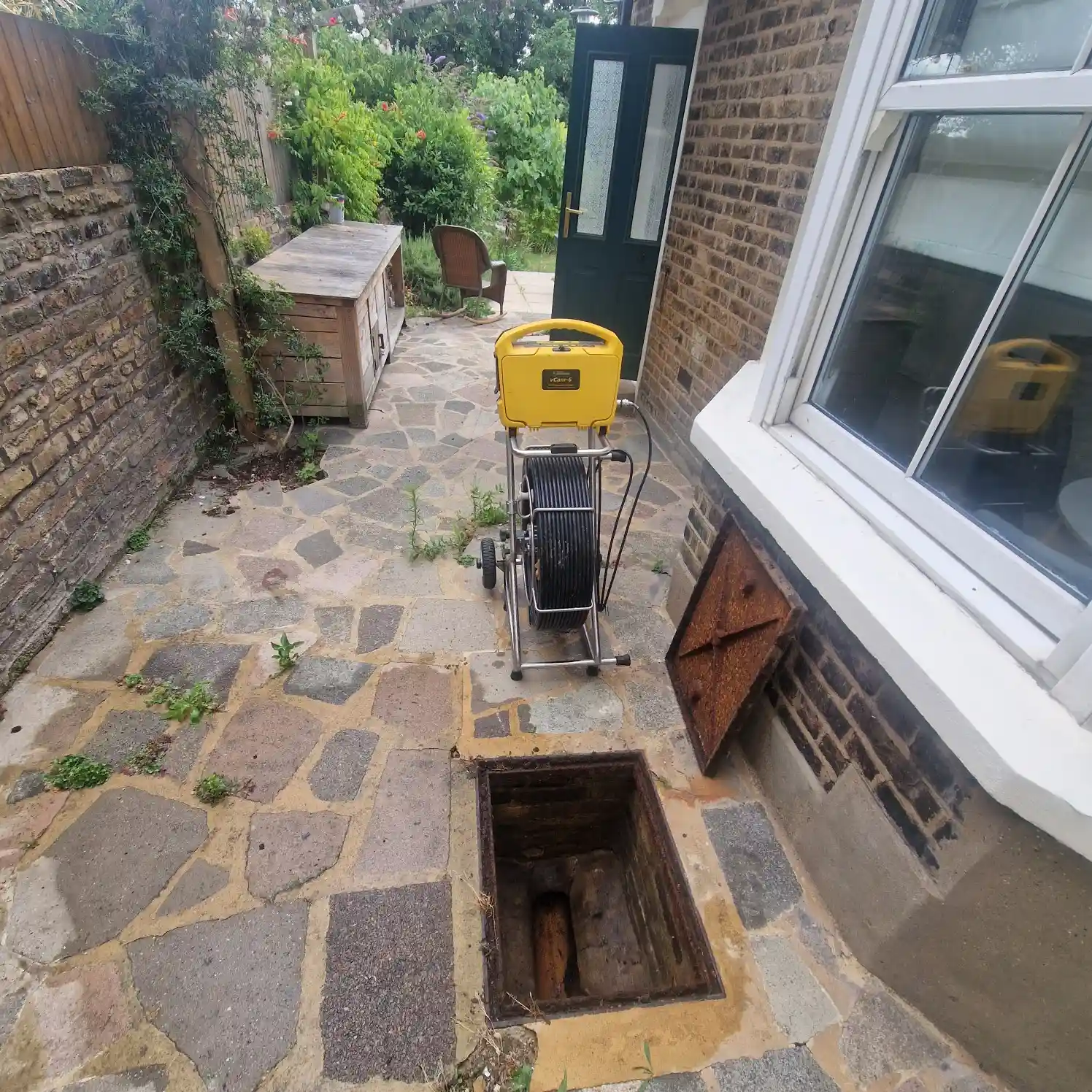

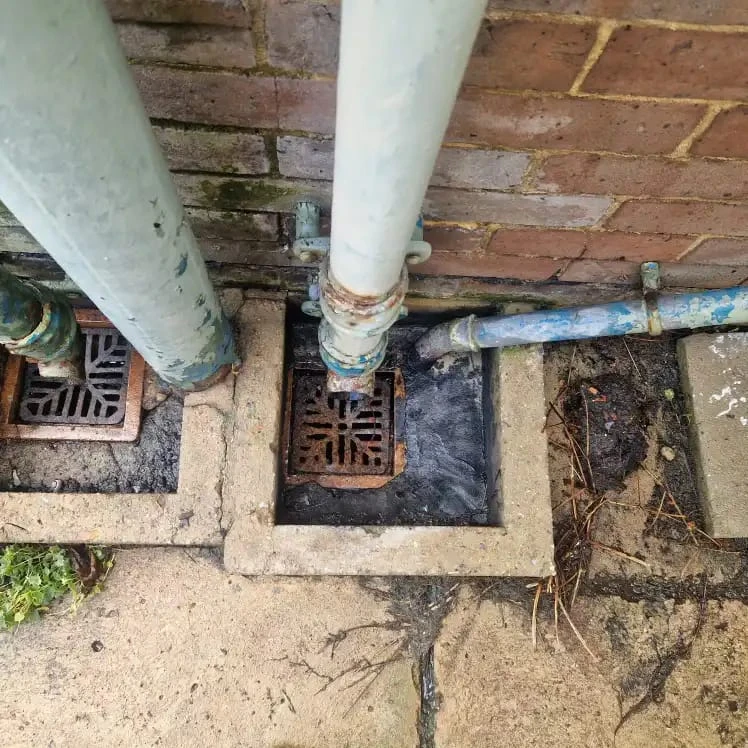
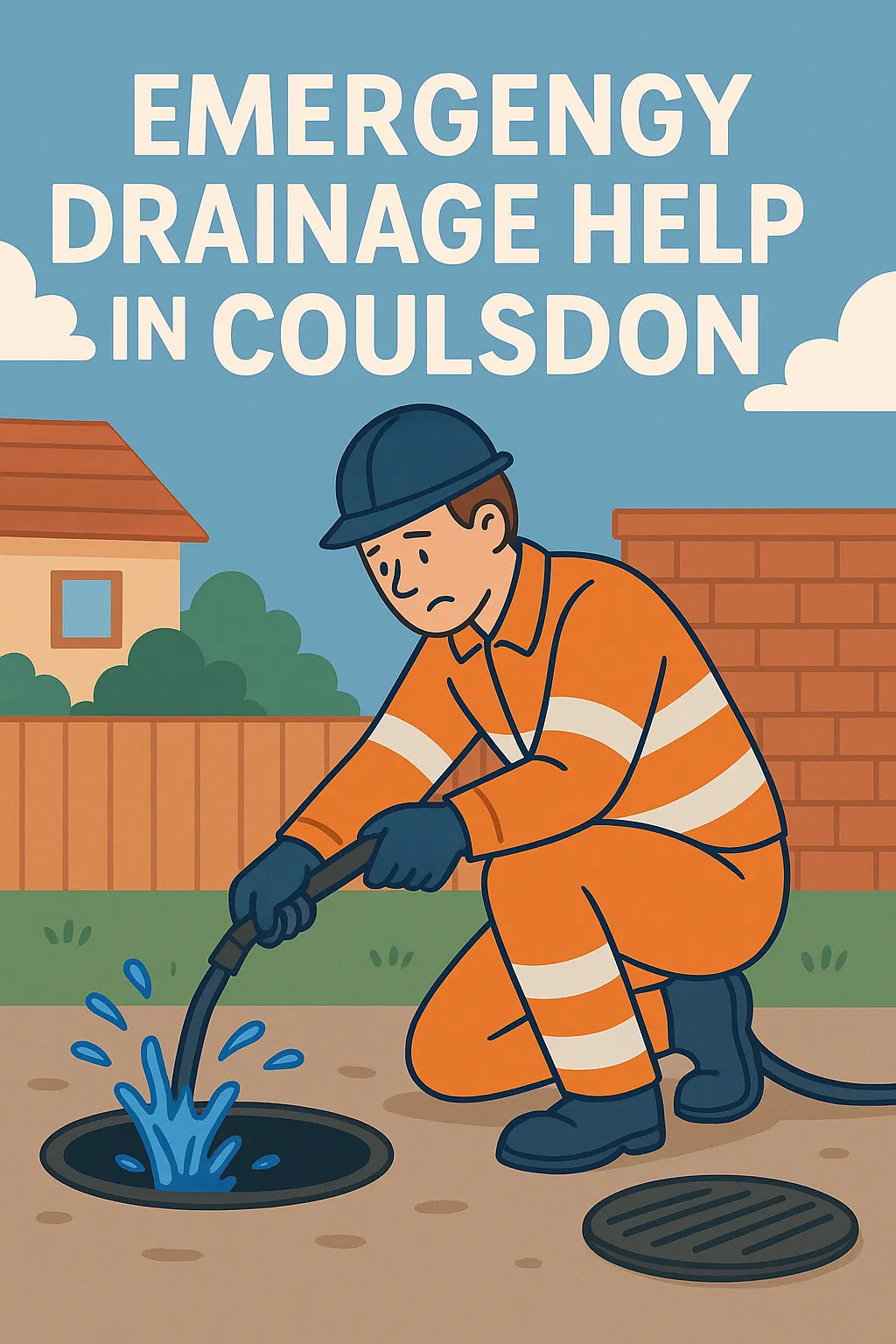
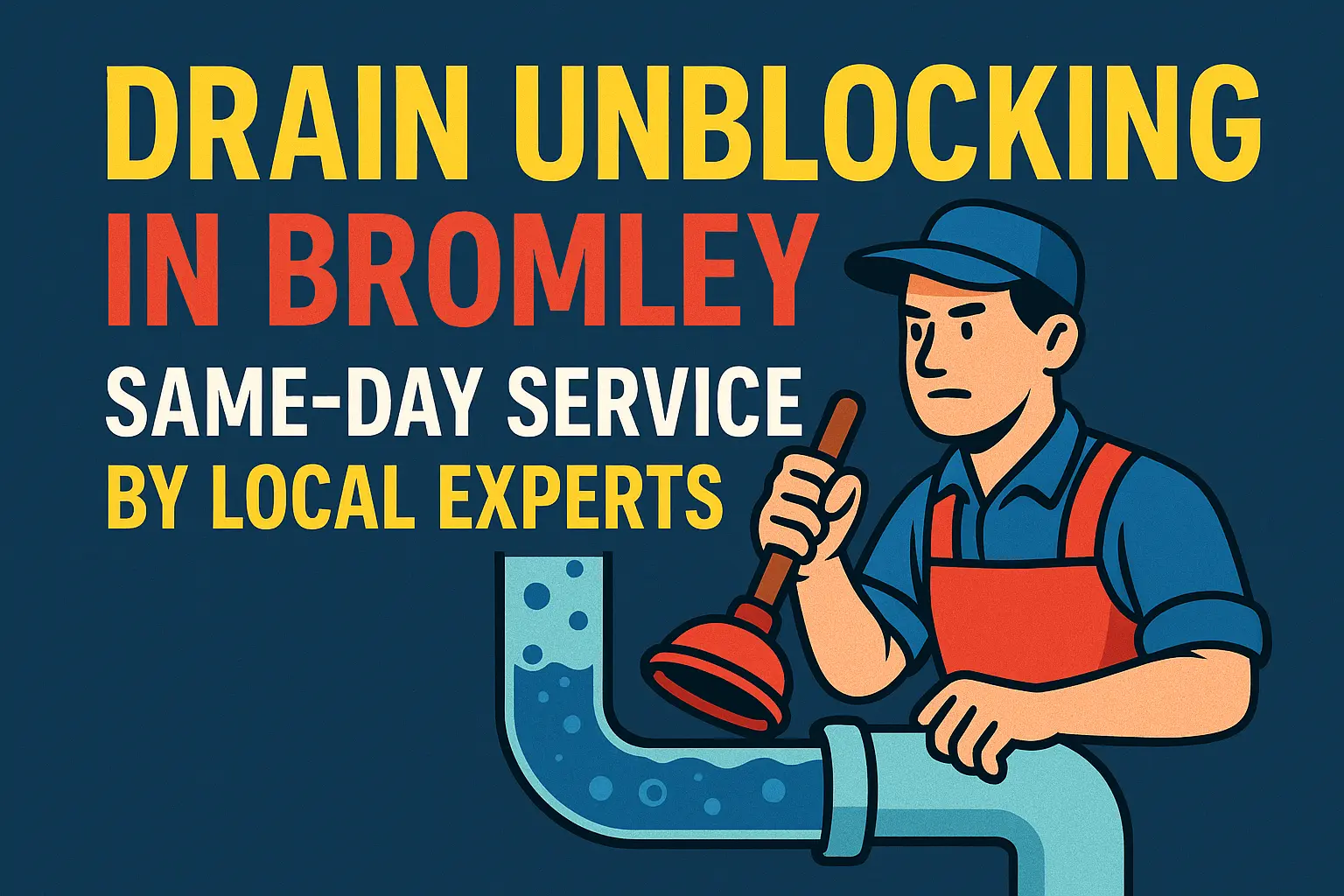

[…] Can a Blocked Drain Cause Damp or Mould in the House? | Drainage Company England | Emergency Drain S… […]